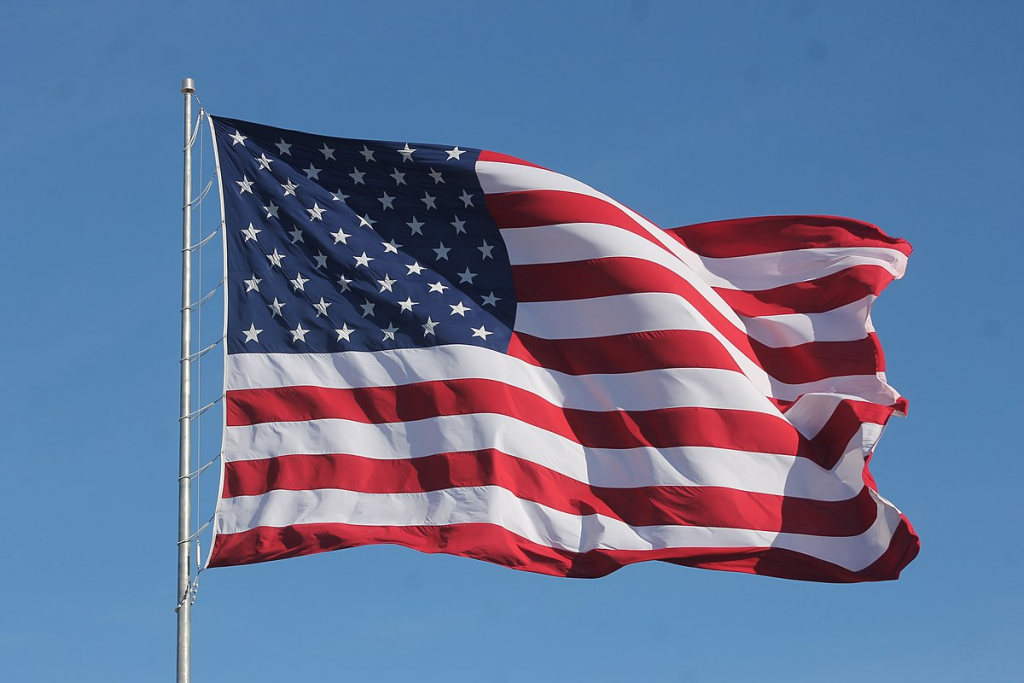
Table of Contents
Government response- ESSA
One government response to inequality in the USA is the Every Student Succeeds Act (ESSA). This is a bill signed by president Obama on December 10th 2015 replacing the no child left behind act. This requires that all students in America be taught to high academic standards that will prepare them to succeed in college and careers. ESSA has 3 main goals: address proficiency on tests, English language proficiency and increase graduation rates. The schools also have important roles within ESSA, they come up with plans which are evidence based to help the particular group of students who are falling behind.
The school districts monitor these plans and if the school continues to fall short, districts would step in. In analysis, ESSA has a significant success as it puts pressure and responsibility into the hands of those who would know the problems in individual schools, that is the head teacher and school management team. Despite it only being implemented since the school year 2017/18, it has improved education, particularly for ethnic minorities as all students in the country were taught to the same high academic standards.
On the one hand, the ESSA works to help every student receive a high quality education at their local
public school. It continues the work of creating equality in this system. Equality is a key priority in
America as ethnic minority groups consistently continue to face racism and discrimination in all
areas of daily life.
However, the government cannot throw money at educational institutions and
then demand results. When disadvantaged students struggle with the learning processes, there can
be a variety of socioeconomic factors causing the issue. Solving this problem requires a more
complex solution than ESSA can provide. In evaluation, we can conclude that ESSA had some success in helping ethnic minority students as well as giving head teachers a direct say in issues that affect them, but as long as the USA remains a deeply unequal society, then it is difficult to achieve full educational equality in the USA.
Government response- ARRA

Another government response to inequality is the American Recovery And Reinvestment Act (ARRA). ARRA, known as the “recovery act” or “the stimulus”, intends to provide a stimulus to the US
economy in the wake of the global economic downtown. The main purpose of ARRA was to boost
the economy following the recession by saving and creating jobs. ARRA includes tax cuts, expansion of unemployment benefits and other social welfare provisions and increases in domestic spending on education and healthcare.
To analyse, economists in the US are divided over the ARRA. Some agree a stimulus package was needed to help the US economy. Others feel ARRA will damage the US economy as US national debt soared. To further expand, when Obama came to office, 20,000 Americans were losing their jobs everyday. Since the act, hundreds of thousands of jobs have been created and the country has come out of recession.This has benefited the poorest Americans, many of whom are black or Hispanic. Unemployment rates for blacks and Hispanics have fallen dramatically since ARRA was enacted. For example, in 2014, African american unemployment was as high as 10.5% and by October 2018, this had fallen to 6.8% .
However, although there has been a recovery, it has taken too long and many Americans, especially
black and Hispanic Americans are still struggling and facing inequality in income and employment.
African Americans still have an average household income which is less than half that of white
Americans. For example, recent figures show that the average household income for Asian
Americans is around $97,626 whereas black Americans average $47,597.
In evaluation, ARRA had
mixed success. Yes it prevented job losses and created new jobs which helped the economy. It also
led to a decrease in unemployment rates for blacks and Hispanics but many blacks and Hispanics still struggle and are still much more likely to be unemployed or earn less than white or Asian Americans. For $787 billion, some feel it could have had a much greater impact.
Government response- medicade and medicare

Another government response to inequality in the USA is medicaid and medicare. Medicaid provides healthcare for low income adults and children receive healthcare coverage through medicaid and state level children’s health insurance programmes.
More than 89 million Americans rely on medicaid services which shows great success. Medicare, on the other hand, provides healthcare for people aged 65 and older and people under 65 with certain disabilities. Roughly 18.4% of the population was covered by medicare in 2021 and 1 in 5 of these people are members of ethnic minority groups. Another government response was the patient protection and affordable care act
This was introduced to increase the quality and affordability of healthcare insurance, lower
the uninsured rate and reduce the costs of healthcare for individuals. This act allows young adults to be covered by their families insurance plan until they turn 26 and offers more help for people who
can’t afford insurance.
The success of these acts is huge as over 7 million Americans have taken
advantage of the new system which exceeded expectations. For example, in July 2014, an additional 9.5 million people aged 19-64 had obtained health insurance, roughly 5% of the working age population. The uninsured rates among adults 18 and over fell from 18% in 2013 to 13.4% in 2014 and has further fallen since then.
However, critics argue that it is irresponsible calling it ‘socialised medicine’. In analysis, roughly 30
million Americans of all ages had no health insurance in 2021, that’s roughly 9.2% of the population.
Health insurance varies between states as Massachusetts has the lowest uninsured rates at 3% but
Texas has the highest at 18.4%. Overall, we can see that these responses have helped the lives of
many Americans, however there is still more to be done as not all of the American population is
insured.
Government response- US minimum wage.
A final government response to inequality is the US federal national minimum wage. The minimum
wage in 19 out of 50 states is $7.25 per hour whereas the other 31 states pay a higher rate clearly
indicating they consider it far too low. For example, in California, it is $16 per hour and in
Washington DC, it is$17 per hour.
Therefore, this may indicate that the federal rate of $7.25 is way too low. Only 1.6 million Americans receive the NMW and of this number, twice as many women
than men receive it as well as more black than white Americans.
This indicates that it helps black and female workers as well as part time workers in service industries such as cooks or hospitality
workers. For example, amazon pays $15 per hour, target pays up to $24 per hour and Costco pays
$17 per hour. This is significantly higher than $7.25.
However, there is a campaign in the USA to pay a NMW of $13 per hour which president Biden
supports, if this did happen and it was $15 per hour then 37 million adults would see their wages
increase in which 23 million of these workers would be women, 11.2 million would be parents and
5.4 million would be single parents and 11.4 million children would benefit due to increased pay for
their parents.
In evaluation, it would appear that the NMW rate is currently too low.
States recognise this, stores such as Amazon and Costco recognise this. Even president biden recognises this. The NMW would be more effective if it was set at $15 per hour which many people and organisations now support and argue for.
For more on the US government, click here!
For more articles like this, click this link here!
